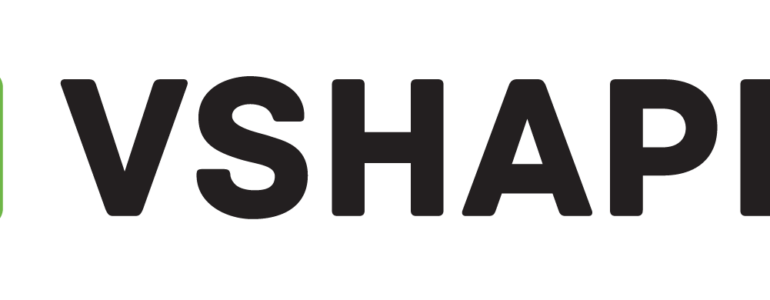How are 3D scanners and 3D printers changing the way we design and manufacture?
In recent years, 3D scanners and 3D printers have revolutionised the way we design and manufacture all kinds of objects. These innovative technologies not only provide new possibilities in creation, but also speed up and streamline entire manufacturing processes. Read more about how the joint use of 3D scanners and 3D printers is improving manufacturing productivity and efficiency.
3D scanner – principle of operation
3D scanners are specialised devices that scan objects and transform them into digital models. In other words, they are used to capture the three-dimensional geometry of physical objects and create a 3D model. They make it possible to represent even very complex geometries, textures or details. Scanners operate using various methods: optical, laser, photogrammetric or ultrasonic scanning. The operating principle of a scanner based on the optical scanning method:
- They emit light onto the object being scanned. The light is emitted in the form of patterns, lines or light grids.
- The emitted light reflects off the object and is recorded by cameras that are in the 3D scanner. The scanner then assesses the distance of the individual points from the surface of the object – the triangulation method. This method works by comparing differences in light reflection.
- Based on this data, a point cloud is generated that shows the shape of the object’s surface.
- The final stage is the processing of the point cloud into a digital 3D model, including noise removal, data filtering or removal of gaps between points.
The operating scheme for each device is similar. Only the light emitted is different.
Applications of 3D scanners
3D scanners currently have a wide range of applications in many industries from industrial to medical. The following are examples of the use of 3D scanners:
- Engineering and manufacturing – accurate mapping of object geometry, design of prototypes, creation of new tools or for quality control in production
- Architecture and construction – documenting existing buildings, monuments. The 3D model will enable analysis, reconstruction. Scanner also used to create mock-ups.
- Medicine – for creating anatomical models in planning surgical procedures, creating orthoses and prostheses. For the preparation of orthodontic appliances.
- Entertainment – used to create realistic characters, things e.g. in computer and video games.
- 3D printing – a scanned object, can be printed again as a replica.
- Automotive – for recreating items that are no longer available on the market (e.g. the bonnet of a vintage car) or for scanning traffic accident scenes to recreate the course of an incident.
3D scanner and 3D printer working together
The use of a 3D printer and a 3D scanner together can bring many benefits to a company, especially in a design or manufacturing department. Further development of the technology, will allow us to discover even more areas in which the cooperation of these two devices will definitely work.
- Replication and mapping – after scanning a specific component, such as a car part, a digital object of the model is created. The 3D printer, based on such a model, will print a replica of that component.
- Modification and customisation – the scanned component can be edited in 3D modelling software. This reduces the time to design the component from scratch. Many changes can be made to the 3D model such as changing the geometry, removing and adding new elements. The new model is then printed on a 3D printer. Most commonly used in prototyping when many changes are made to get a more perfect model.
- Hybrid objects – combining scanned elements with already printed elements. That is, to an existing element that has already been scanned. Additional elements were designed, printed and attached to the base element. This makes it possible to refine the models in a very short time and combine different structures, materials in one place.
The collaboration of the 3D scanner and 3D printer gives greater possibilities for creating and customising objects and provides more flexibility in the design and production process.
Advantages of using a 3D scanner and printer
- Speed and efficiency of operation – accelerated design and manufacturing process of the component. Eliminates the need for manual design and enables a physical model of the component to be obtained in a few hours
- Precision and accuracy – both methods provide accurate representations – of the 3D model to the real component and vice versa. This allows the dimensional accuracy of the created components to be verified by comparing to the original model.
- Ability to create complex geometries, at low cost and in a short period of time
- Optimisation of production processes – the scanner can be used to verify, analyse and improve the quality of the production line, while the printer will enable rapid prototyping and small batch production.
Example of applications of 3D printing and 3D scanners at our customers, Company producing orthoses
In order to prepare orthoses for patients suffering from musculoskeletal problems, e.g. injuries, fractures, paresis, cerebral palsy, a model of the limb was made using a plaster cast before modern 3D scanning and printing technologies were applied. This provided a concrete, albeit not very accurate, shape, which was then mapped to create an orthosis. Using 3D printing technology and 3D scanning, the process has shortened considerably. Today, patients undergo 3D scanning using a scanner. A model of the leg is created in software, which is then printed on a 3D printer. The most commonly used material is ABS. Based on the printout, an orthosis is created to improve the user’s life. The process of creating orthoses for adults and especially for children has been streamlined and has become more comfortable and painless.
